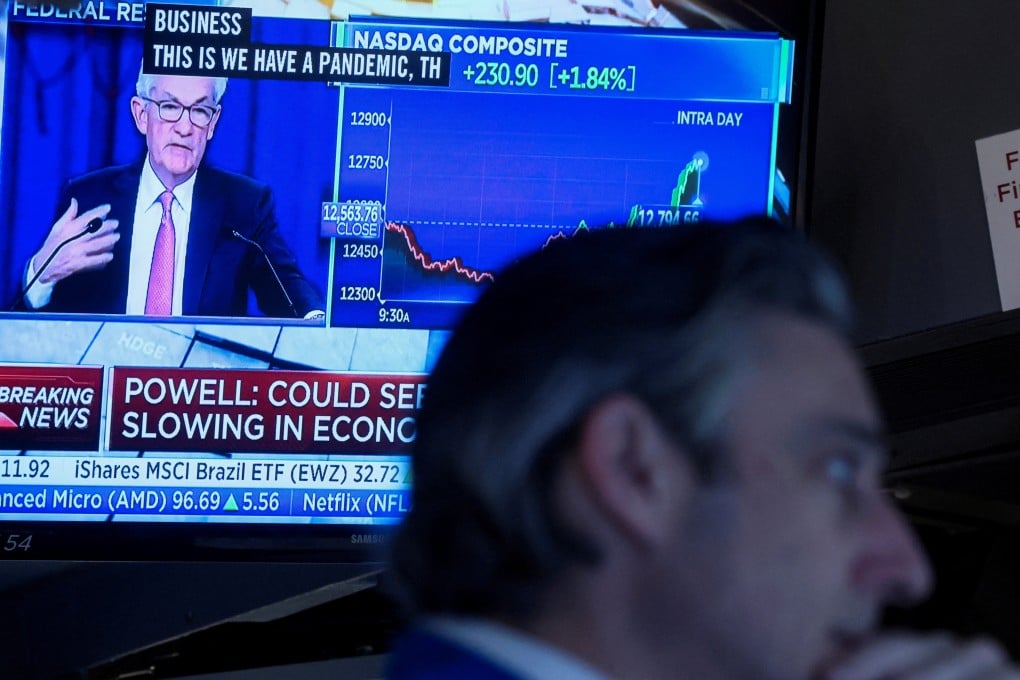Advertisement
The View | How geopolitics and Fed policies are putting US external sustainability at risk
- The US government has not had problems servicing its debt in the past as investment income has been positive for decades
- Amid rising global tensions and aggressive monetary tightening, though, it would be a mistake to take America’s external sustainability for granted
Reading Time:4 minutes
Why you can trust SCMP
1

In 2004, everyone started talking about global imbalances. With its current account deficit at an alarming 5.3 per cent of GDP, it was feared the US net foreign-debt-to-GDP ratio would climb to the point that foreign investors would demand a higher risk premium on US dollar-denominated assets. The spectre of a “sudden stop”, a dollar crash and an international payment crisis seemed to be stalking the global economy.
Advertisement
None of this has happened. Instead, the US current account deficit shrank, averaging 2.7 per cent from 2009 to 2021. More impressive, its investment income remained positive despite its massive net debt, meaning that debt servicing was never a problem for the US government.
Yet, the United States’ external sustainability is hardly a foregone conclusion. Its current account deficit has grown since 2020, reaching 3.6 per cent of GDP last year – its highest level since 2008. At the same time, its net foreign debt reached US$18 trillion, or 78 per cent of GDP.
Fast-rising inflation has prompted the US Federal Reserve to begin raising interest rates and reducing its holdings of Treasury securities – moves that are likely to impede growth and increase the government’s borrowing costs.
If the US net foreign-debt burden grows too large, rolling over its liabilities will be increasingly difficult. Foreign investors could become suspicious that the US will choose to inflate away its debts and start demanding a higher interest rate on US dollar-denominated financial assets, or even stop buying them altogether.
Advertisement
In other words, if the US fails to stabilise its foreign-debt position at a reasonable level, the external sustainability question will return.

Advertisement
